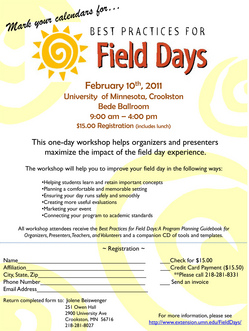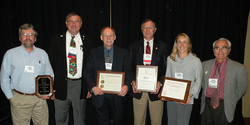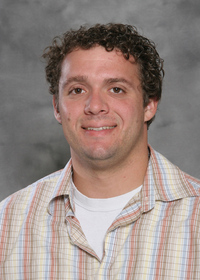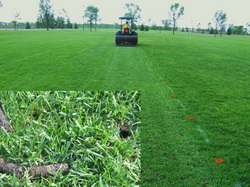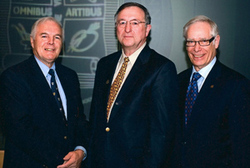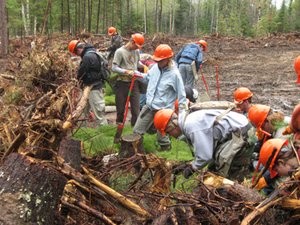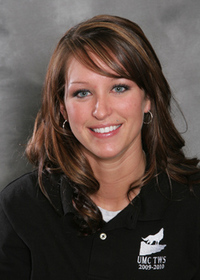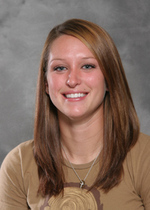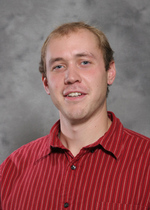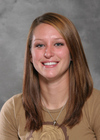 Sustainability Committee are proud to announce that UMC has entered a nation-wide recycling competition called RecycleMania (www.recyclemania.org). Over 575 colleges and universities will be participating in the 2011 RecycleMania competition that begins on January 23 and runs through April 2.
Sustainability Committee are proud to announce that UMC has entered a nation-wide recycling competition called RecycleMania (www.recyclemania.org). Over 575 colleges and universities will be participating in the 2011 RecycleMania competition that begins on January 23 and runs through April 2. The goal of this competition is to increase awareness of campus recycling. All participating schools are required to report measurements (pounds of recycled materials divided by campus population) on a weekly basis. The school that collects the most recycleables in a variety of categories per capita wins! Weekly updates on UMC's RecycleMania results may be viewed at (www.recyclemaniacs.org/university_detail08.asp?ID=1689).
Let's set a goal of placing 100% of our beverage containers and paper products in the appropriate recycling bins throughout campus. Cardboard should be flattened and placed behind the recycling bins. Student organizations will collect the recyclables and place them in outside containers for pick-up and weighing.
During the RecycleMania Challenge, please join in the campus activities. More details will be coming:
* Trivia Questions--Check out the Eagle's Eye beginning Monday January 31 for a
weekly trivia question. Prizes will be awarded to the first person to correctly answer
the question
* Recycle BINGO with environmentally smart prize
* Contests during one of the home UMC Club Hockey Game
* EARTH Week
* Recycling Fair
* Informational booths in the Student Center with prize giveaway
* Get caught GREEN-HANDED! Get caught recycling and receive a free beverage at the
Evergreen Grill!
Get involved and help make a difference!
For more information, please contact Tim Knudson knud0194@umn.edu, Ben Sullivan sulli495@umn.edu, or Lisa Loegering loege005@umn.edu.
Contact: Tim Knudson knud0194@umn.edu; Ben Sullivan sulli495@umn.edu; Lisa Loegering loege005@umn.edu


